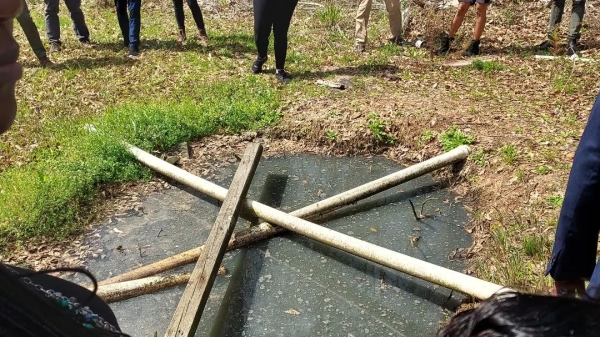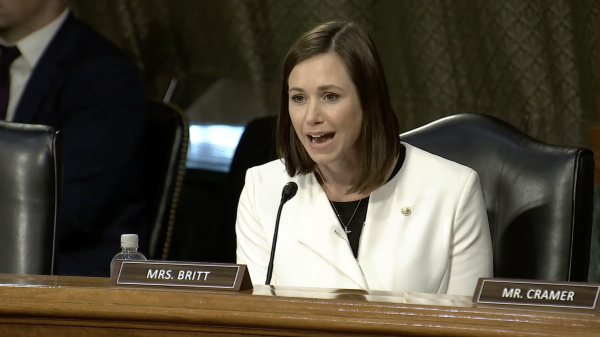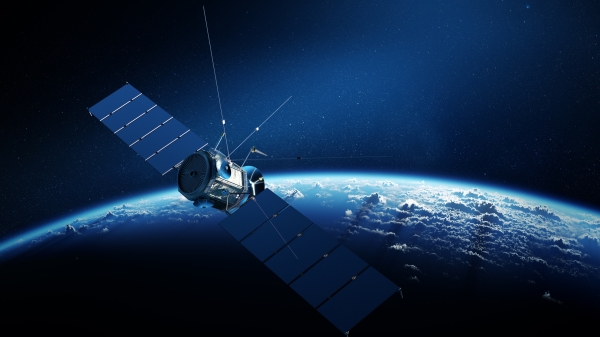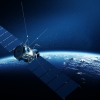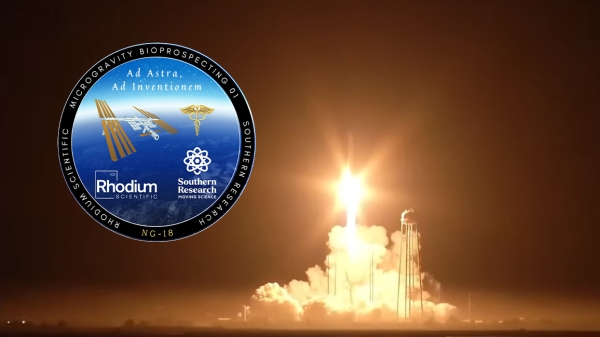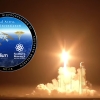By Brandon Moseley
Alabama Political Reporter
On Tuesday, October 13, NASA announced that it’s Cassini spacecraft will begin a series of three close encounters with Saturn’s icy moon, Enceladus, starting on Wednesday, Oct. 14. Images are expected to begin arriving one to two days after the flyby, which will provide the first opportunity for a close-up look at the northern polar region of Enceladus.
On Wednesday, Cassini will pass just 1,142 miles (1,839 kilometers) above the moon’s surface. The spacecraft’s final two approaches will take place in late October and mid-December.
During Cassini’s earlier Enceladus encounters, the northern terrain of Enceladus was masked by wintry darkness. Now that the summer sun is shining on the high northern latitudes, scientists will be looking for signs of ancient geological activity similar to the geyser-spouting, tiger-stripe fractures in the moon’s south polar region. NASA is trying to understand whether the north was also geologically active at some time in the past.
Cassini science team member and icy moons expert at NASA’s Jet Propulsion Laboratory (JPL) in Pasadena, California, Bonnie Buratti said, “We’ve been following a trail of clues on Enceladus for 10 years now. The amount of activity on and beneath this moon’s surface has been a huge surprise to us. We’re still trying to figure out what its history has been, and how it came to be this way.”
Cassini discovered massive icy geysers on Enceladus in 2005. The large moon orbiting Saturn is considered one of the most promising places in the solar system to search for present-day habitable environments.
Mission scientists announced evidence in March that hydrothermal activity may be occurring on the seafloor of the moon’s underground ocean. In September they broke news that its ocean — previously thought to be only a regional sea — was, in fact, global. Enceladus is covered in ice, but below that ice is a massive ocean.
The Cassini mission is part of NASA’s ongoing effort to explore our Solar System with robotic explorers.






































